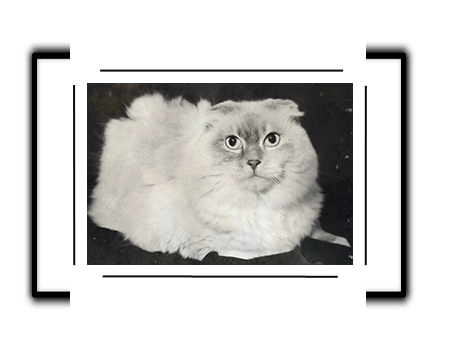For restaurants to be profitable, most business operators look for the food costs to be between 28 and 35 percent of the revenue. While no defined average food cost percentage is defined, this range has been a well-known standard for US-based food operators. As an owner, you know http://ornithology.su/books/item/f00/s00/z0000025/st056.shtml the challenges of running a restaurant, such as staffing, inventory management, and controlling the cost of goods sold. Finding a bookkeeper who understands the complexity of the food and beverage industry, both front-of-the-house operations and back-of-the-house management.
If you enjoy organization and numbers and have experience with bookkeeping, starting your own business offering this service might be a smart career choice. Keep reading to learn more about restaurant bookkeeping and what we can do for you. Owning a bar or restaurant is an exciting way to pursue your passion and create an independent income. That said, running a restaurant or bar is fast-paced, demanding, and full of challenges that require thinking on your toes. Auto-pay your team, get payroll taxes done for you, stay compliant with tip regulations, and much more.
MarginEdge: Best for restaurant management system with accounting integrations
Using words like al dente or flambé comes naturally to you, but accounting terms? There’s just these three processes that we think you should know about too. A controllable cost report gives you an idea of where the company spends its money, https://louisvuittonborseitalia.com/the-mental-accounting-concept-perspective.html which potentially affects how much it will earn or if money is being lost. Your gross profit is the difference in value between the selling price of a dish and the cost of the ingredients and materials used to make a dish (your COGS).
But if you’re striking out on your own, you’ll be responsible for buying ingredients, possibly every day. Chances are you’ve noticed this already if you’ve ordered a bottle of wine. The same bottle that costs $15 in your local liquor store could cost $30 or $45 when you’re out.
Mother’s Day Promotion Ideas for Your Restaurant or Retail Business
“The food is normally purchased on a weekly basis and many times more than once per week depending on the types of food being sold in the restaurant. Most restaurants would have an inventory turnover of times for food and times for beverages,” he said. Cost of goods sold (COGS) is the total cost of all the ingredients you use to make menu items, right down to the garnishes, condiments, and herbs. Usually, about a third of a restaurant’s gross revenue goes towards paying for COGS. It’s an important number for your business, so check out our complete guide to learn more about COGS and grab a formula to help you calculate it.
Restaurant owners who are just getting started may feel the need to seek out restaurant accountants. But you can manage your own restaurant accounting https://clojure-android.info/smart-ideas-revisited-4/ services with the right software. When you have the accounting tools that FreshBooks offers, you won’t need to spend money on accounting firms.
Learn How We Can Impact Your Business Growth
By listing your assets, liabilities (debt) and equities at a given point in time, you’re presented with a snapshot of your restaurant’s net worth. This gives you an understanding of your current financial situation and lets you plan your short and long-term cash flow. However, the 5 simple steps above will put down the foundation for a solid bookkeeping system. As you grow you will have to continually modify your bookkeeping system to meet your needs.
While they are often used interchangeably, there are actually differences between accounting and bookkeeping. They are related because bookkeeping lays the groundwork for accounting, but these processes serve different functions. At the end of the day, accounting is all about getting the information you need to make smart decisions.
The data from your profit and loss statement tells you a lot about your restaurant’s financial status. By seeing your financial transactions and sales ratio in real-time, you can make adjustments where needed. You need to keep track of what you spend on supplies, and the same holds true for your labour costs.
- If something isn’t working, make any necessary adjustments to your plan to stay on track.
- Which provides a snapshot of your restaurant’s financial health so you can make informed decisions about pricing and budgeting.
- On the next screen simply add the ending balance and ending statement date from the statement you are reconciling.
- A profit and loss statement (also known as a P&L or income statement) tracks your restaurant’s revenue, cost of goods sold (COGs) and expenses over time to show if you’re operating at a loss or profit.
- Running a restaurant is no small job, even before you consider accounting responsibilities.
- Liabilities are things like vendor bills and restaurant equipment loans.



